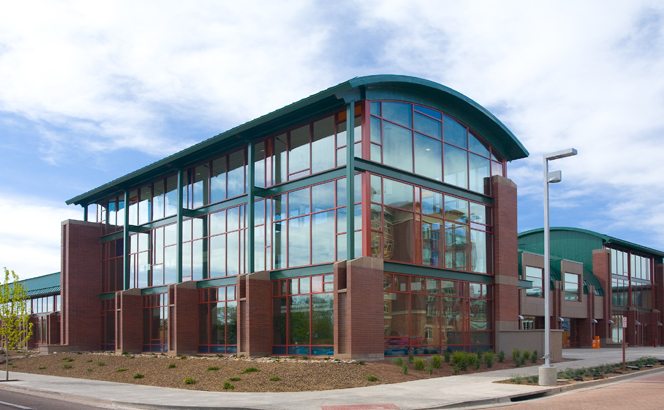Seeing opportunity in the midst of economic distress, the High Country Conference Center at Northern Arizona University adapted its business model. It’s an approach that’s here to stay.
Steadily increasing revenues demonstrate the success of the shift, which entailed a move away from package deals for big events. Now the focus is on an a la carte menu of services for smaller meetings and events—an approach that provides a path forward in a world of leaner corporate spending, even as the economy improves.
“As the economy declined, we had to change strategy quickly,” said Moses DeBord, general manager of the conference center. The original business model for the 5-year-old facility was based on the Day Meeting Package, a value-driven proposition that offered one price for a full range of services. In those days, the center pursued events of 200 or more attendees.
As corporations scaled back their spending, “we ran into price resistance,” DeBord said. In that environment, trade shows, receptions, breakfast (or lunch) meetings and social events became more attractive.
Today, the conference center hosts weddings, along with smaller and shorter meetings of various associations, while still drawing occasional large events. DeBord said about 55 percent of the conference center’s business is non-package.
|
The bottom line looks strong—revenues hit more than $2.2 million in FY12, marking four years of steady growth—as the center refines its approach to challenges in marketing and staffing while holding its prices in check.
“We’ve had to drive up volume,” DeBord said, noting that the center hosted 589 events in FY12. That’s an increase of 254 in just two years. Effective outreach is crucial and includes everything from brochures and a website to email and social media marketing, relationship-building events with clients and a close working relationship with the Flagstaff Convention and Visitors Bureau.
“Our biggest challenge in getting new groups is getting them to come to Flagstaff,” DeBord Said. “We’ve worked with the CVB to drive exposure.”
NAU also helps in that arena, as various departments on campus bring meetings and conferences. They include the Academic Library Advancement and Development Network conference and National Association of Science Writers annual meeting in 2011, and the International Conference on Teaching Statistics, set for 2014, will widen the net.
“It’s all good exposure for us,” said Chris Shields, director of sales, who said that 76 percent of the center’s business is repeat. “Our customer service scores consistently exceed the year prior.”
Part of the quality experience traces to another NAU contribution: staff. DeBord said that students make up about 90 percent of his service staff.
“We’ve had to spend significantly more time in training” to accommodate the high-volume business model, DeBord said. Graduation brings attrition, but a close relationship with NAU’s School of Hotel and Restaurant Management benefits the conference center.
Even with the emphasis on smaller events, DeBord pointed out, the conference center still touts its considerable capabilities, and large events will always have their place. A series of awards, including the Gold Key, offer marketing leverage.
“The Gold Key puts us in a class with the Biltmore in Phoenix and the Waldorf Astoria,” DeBord said. “And our International Association of Conference Centers certification really speaks to the level of quality in our service and food.”



